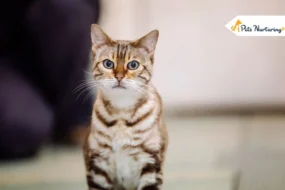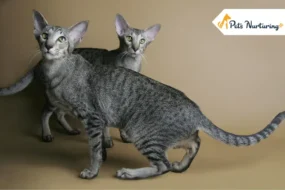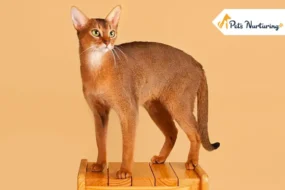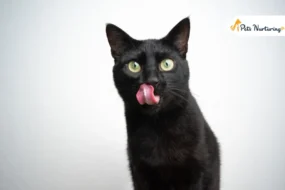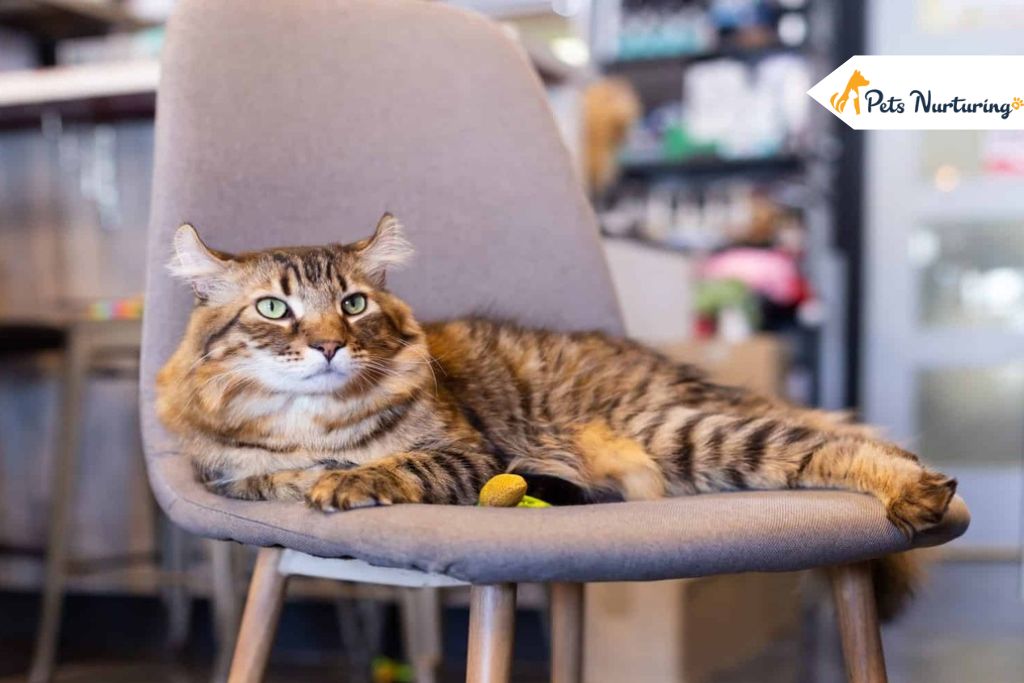
The Highlander cat, a relatively new breed, is rapidly gaining popularity among cat enthusiasts. This distinctive feline, with its playful nature and striking appearance, is capturing hearts worldwide. This blog aims to provide a comprehensive overview of the Highlander cat, delving into its history, physical characteristics, personality, care requirements, and more.
1. History and Origin
The Highlander cat’s origins can be traced back to the early 2000s when dedicated breeders sought to create a unique and captivating feline. By carefully selecting and breeding cats with specific traits, they developed the Highlander breed. Influences from other breeds, such as the Scottish Fold and American Curl, are evident in the Highlander’s appearance and temperament.
While still a relatively young breed, the Highlander has gained recognition from several cat registries, solidifying its status as a distinct and sought-after feline companion.
2. Physical Characteristics
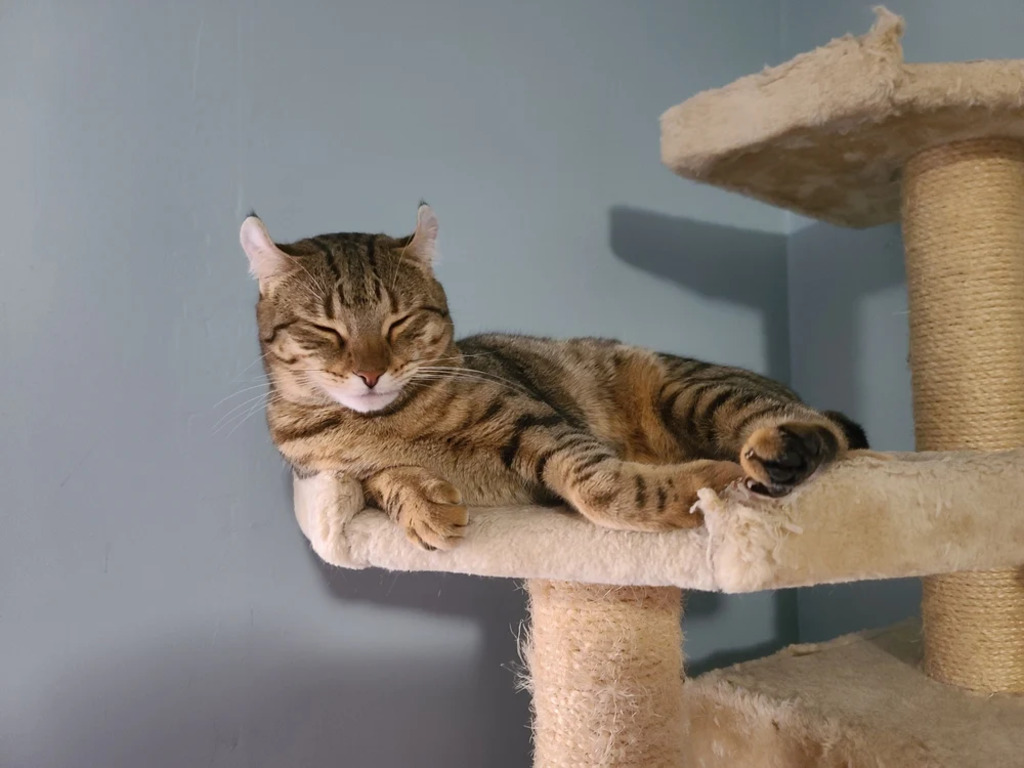
The Highlander cat is a true standout with its distinctive physical features. Its medium-sized body is sturdy and muscular, with a surprisingly short stature. One of the most striking characteristics is their polydactylism, meaning they often have extra toes. This unique trait adds to their charm and agility.
Highlander cats come in a wide variety of coat colors and patterns, offering something for every cat lover. Their fur is typically dense and plush, providing them with warmth and comfort.
When compared to similar breeds, the Highlander’s short legs and polydactylism set them apart. While they share some similarities with Scottish Folds in terms of rounded ears, the Highlander’s ears are typically larger and more upright.
3. Personality and Behavior
Highlander cats are renowned for their affectionate and playful personalities. They form strong bonds with their human companions and enjoy being the center of attention. Their sociable nature makes them compatible with families and other pets, creating a harmonious household environment.
While they are energetic and playful, Highlander cats also have a calm and gentle side. They appreciate interactive toys and playtime but are equally content to curl up on a lap for some quality cuddling.
4. Health and Care
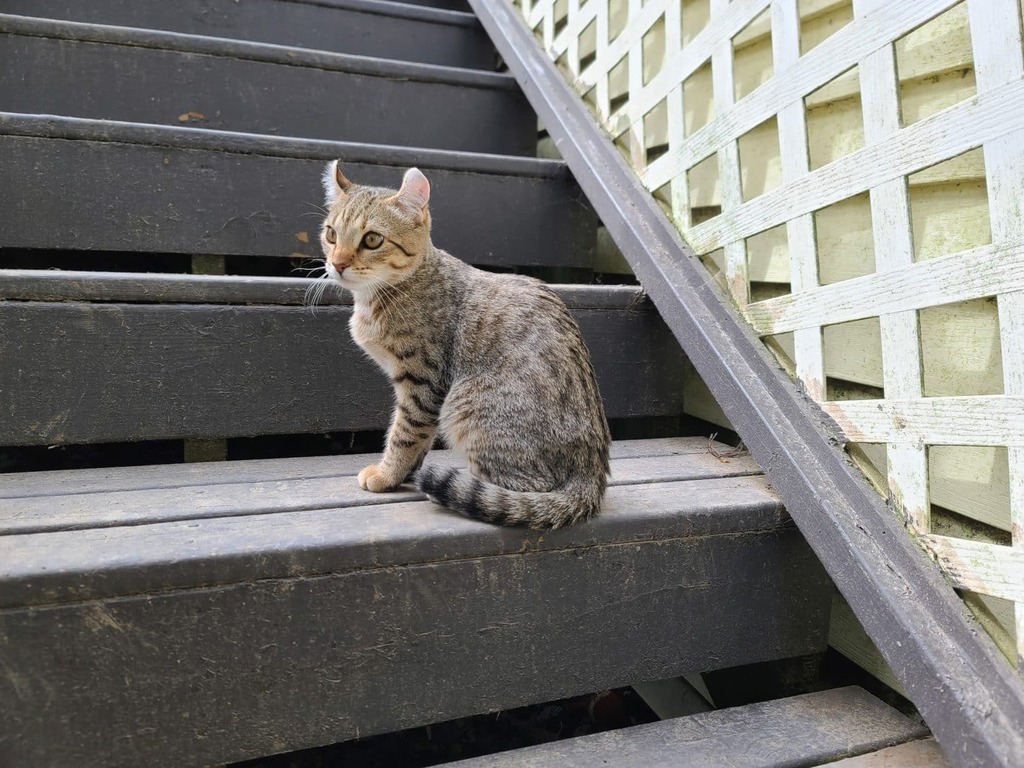
Like any breed, Highlander cats are susceptible to certain health issues. Polycystic kidney disease (PKD) is a concern, and regular veterinary check-ups are essential to monitor their health.
Grooming a Highlander cat breed is relatively straightforward, as their coat requires minimal maintenance. Regular brushing helps to remove loose hair and keep their coat shiny. Providing a balanced diet and fresh water is crucial for their overall well-being.
5. Training and Socialization
Highlander cats are intelligent and eager to please, making them relatively easy to train. Basic commands and tricks can be taught with patience and positive reinforcement. Early socialization is essential to ensure they are comfortable with people and other animals.
Addressing common behavioral issues, such as scratching or excessive meowing, requires understanding the underlying causes and implementing appropriate solutions.
6. Living with a Highlander Cat

Providing a suitable living environment for a Highlander cat is essential for their happiness. While they can adapt to various living situations, ample space for play and exploration is ideal. Whether you live in an apartment or a house with a yard, creating a safe and stimulating environment is key.
Highlander cats are typically good with children when introduced properly. Supervision is essential, especially with young children, to prevent accidental injuries.
Preparing your home for a new Highlander cat involves providing essential items such as scratching posts, litter boxes, food and water bowls, and comfortable bedding.
7. Adoption and Purchase
Finding a reputable breeder or adoption center is crucial when acquiring a Highlander cat. Researching breeders and asking questions about their breeding practices is essential to ensure the well-being of the kittens.
When choosing a Highlander cat, consider your lifestyle and preferences. Some people prefer kittens for training and bonding, while others opt for adult cats with established personalities.
Asking breeders or adoption centers about the kitten or cat’s temperament, health history, and socialization can help you make an informed decision.
8. Fun Facts and Anecdotes
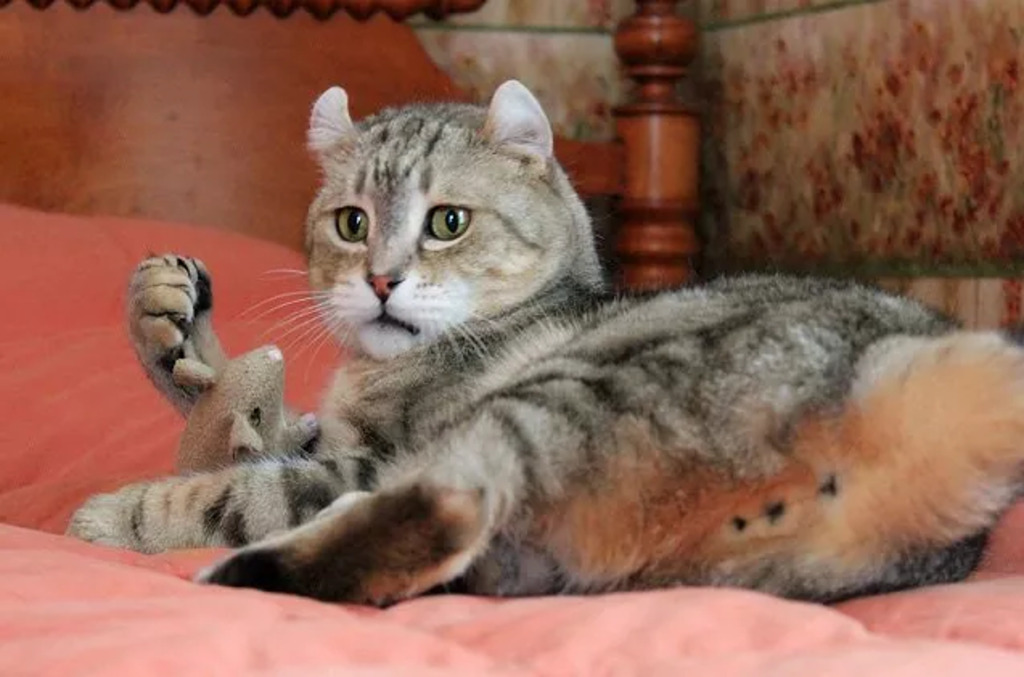
Highlander cats have a unique charm that often leads to amusing and heartwarming stories. Their playful antics and quirky personalities make them endlessly entertaining companions.
Sharing anecdotes about Highlander cats can create a sense of community among owners and help potential adopters understand the joys of living with this breed.
Conclusion
The Highlander cat is a captivating breed that offers a unique blend of beauty, intelligence, and affection. Their playful nature and distinctive appearance make them a standout companion for cat lovers.
While owning a Highlander cat comes with responsibilities, the rewards are immeasurable. By providing proper care, training, and love, you can create a fulfilling bond with this extraordinary feline.
If you are considering adding a Highlander cat to your family, thorough research and careful consideration are essential. By understanding their needs and temperament, you can ensure a happy and harmonious relationship with your new furry friend.
In Case You Missed It!








